Centipedes are regarded as the first of the five poisons in traditional Chinese culture. They have a pair of poisonous hooks on their heads and can secrete venom. The intensity of their toxicity is usually proportional to their body size. This article will introduce you to the ten most venomous centipedes in the world, including the Galapagos giant centipede, the Peruvian giant centipede, the Amazon giant centipede, the Puerto Rican giant centipede, the Hassan centipede, the Vietnamese giant centipede, the North American giant centipede, etc. Let’s take a look at the characteristics of these highly poisonous centipedes.
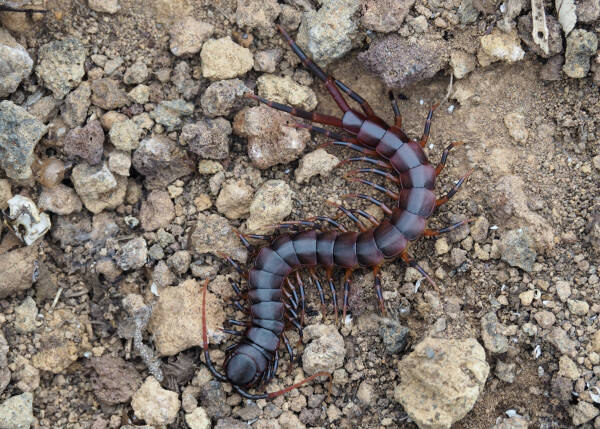
1. Galapagos giant centipede (severe cases may cause anaphylactic shock)
The number one most venomous centipede is the Galapagos giant centipede, which is also one of the largest centipede species, with a length of 30-40 cm, and the largest individual can even reach 44-46 cm. The tiger-legged giant centipede looks very similar to the Hainan centipede, and is also very thick. This kind of centipede is black all over and its venom is highly toxic. Its venom can cause local redness, swelling and burning on human skin. It may also cause symptoms of lymphangitis, and in severe cases may cause anaphylactic shock. Its food chain is not limited to insects, but also includes many small mammals, such as chickens, ducks, fish, bats and mice.
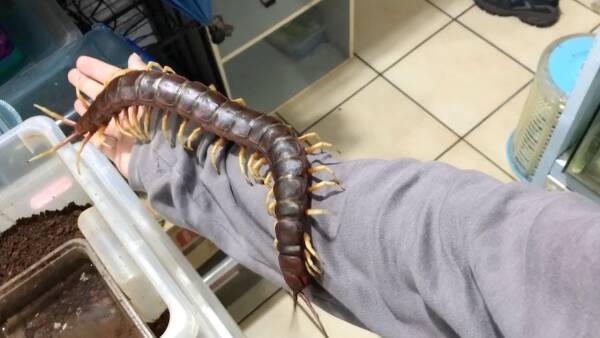
2. Peruvian giant centipede (hook tip with venom gland mouth)
The Peruvian giant centipede is also one of the most poisonous centipede species and is quite famous in centipede inventories. Their body length can reach 41-42 centimeters, and they are mainly distributed in Trinidad Island in the Caribbean, as well as in Peru, Ecuador, Brazil and other Amazon basin countries and regions in South America. This giant centipede is famous for its huge body and often catches giant bats for dinner. The first pair of legs of the Peruvian giant centipede are hook-shaped, sharp and have venom gland mouths, which are often called palatine teeth, claws or venom limbs. They can expel poisonous juices. When bitten by a centipede, its venom glands will secrete a large amount of venom, which is injected into the subcutaneous tissue of the bitten through the venom gland openings of the palate teeth, causing poisoning. Generally, the length of the venom gland mouth is between 1.5 mm and 34 mm.
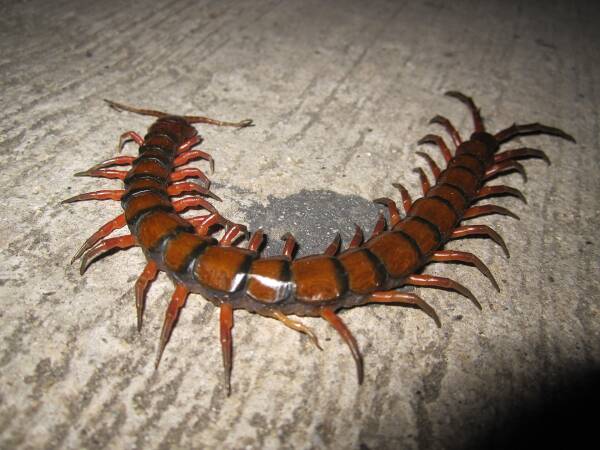
3. Amazon giant centipede (redness, swelling and pain/lymph inflammation)
The Amazon giant centipede is a species of centipede native to the Amazon River basin. It is now mainly distributed in Brazil, Ecuador, Peru and other Amazon basin countries and regions. It is also one of the most toxic centipedes. It is also a large centipede with a whole body. Red, body length 25-32 cm. After studying its toxicity, scientists found that the Amazon giant centipede contains deadly venom, which is similar to the venom of poisonous snakes and is mainly composed of protein. Once bitten, the wound will appear red and swollen, with severe initial pain and inflammation of the lymph nodes. The initial pain will be mild, which may result in missing the optimal treatment time.

4. Puerto Rican giant centipede (wounds are prone to infection and amputation)
Although the Puerto Rican giant centipede is considered one of the most venomous centipedes in the world, it has an unusually gentle temperament and is not as ferocious as most other centipedes. They have gray-black bodies. Due to its huge size, the Puerto Rican giant centipede not only preys on small insects such as crickets and spiders, but also larger animals such as small birds and mice. Although its venom is not instantly fatal, the injured area will quickly decay. If timely treatment is not available, the wound may be at risk of amputation. Despite this, the Puerto Rican giant centipede is very friendly to humans. They usually live far away from human settlements and have become one of the pets of choice for a small number of people today.
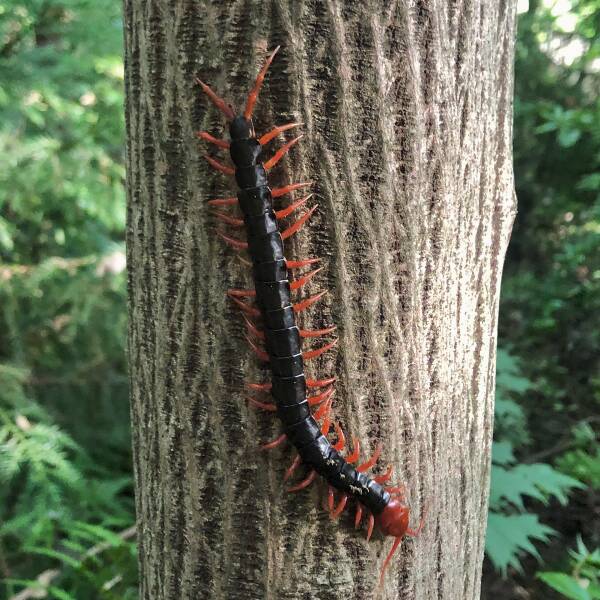
5. Hardy's centipede (with fatal cases)
Centipede hasti is a common and well-known species in the ranking of highly venomous centipedes, which is widely distributed in many countries and regions in the western Pacific. Their general body length is about 20 cm, and the largest individual can reach 35 cm. This kind of centipede is brown all over, the head and the back plate of the first leg may be red, while the other back plates are brown; the legs are light brown; the antennae have 18 segments, of which the base 6 segments have no fine hairs . This variety is also distributed in Guangxi, Guizhou, Hainan, southern Yunnan and other regions in my country. There have even been cases of severe allergies and even death, so we need to pay more attention.
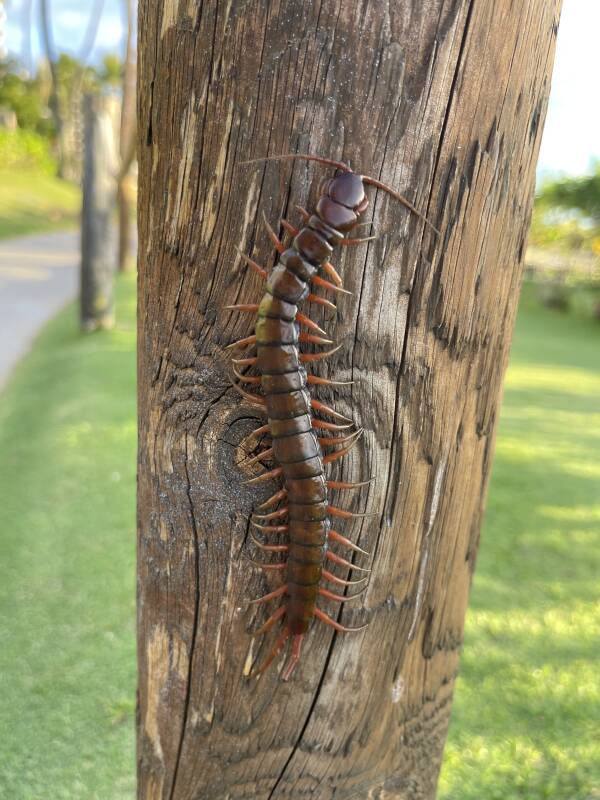
6. Vietnamese giant centipede (redness, swelling and pain/nausea and vomiting)
The Vietnamese giant centipede, one of the top ten most poisonous centipedes, is the largest centipede species in Asia and can generally grow to more than 25 centimeters. They usually have a bright black body and yellow-red legs. There are usually about 20 pairs of legs. They have a brave and ferocious personality and will actively attack other arthropods nearby. Moreover, bites from Vietnamese giant centipedes often cause redness, swelling, and pain, and can also lead to serious phenomena such as dizziness, nausea, vomiting, and even convulsions and coma. Therefore, breeders should ensure their own safety when choosing centipedes as pets. Although the poison is not easily fatal, it is most likely to be fatal. So as to remove its poisonous sting.
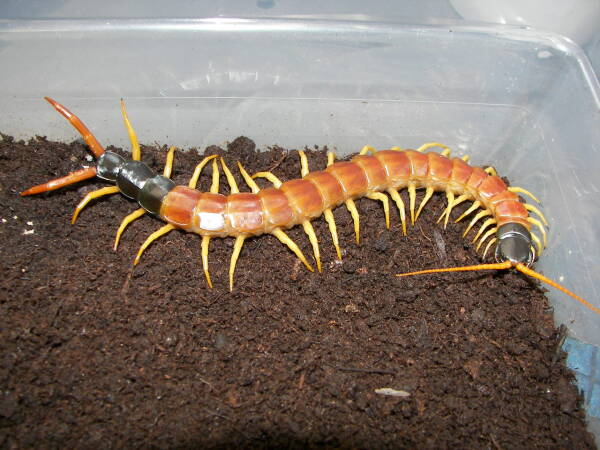
7. North American giant centipede
The North American giant centipede is a highly poisonous centipede and one of the largest centipede species in North America. The average body length in the wild is about 17 cm, and the largest individual can reach about 20 cm. They are nocturnal predators that feed primarily on invertebrates and small vertebrates, including rodents, reptiles and amphibians. The North American giant centipede can raise its head, use its powerful jaws to grab small prey such as flying insects, and subdue the prey with its venom. This kind of centipede is not only huge in size, but also ferocious in personality. It is considered the "tyrannosaurus" in the centipede world. Nonetheless, due to its beautiful appearance, the North American giant centipede is a highly ornamental centipede species and is therefore popular among pet centipede enthusiasts.
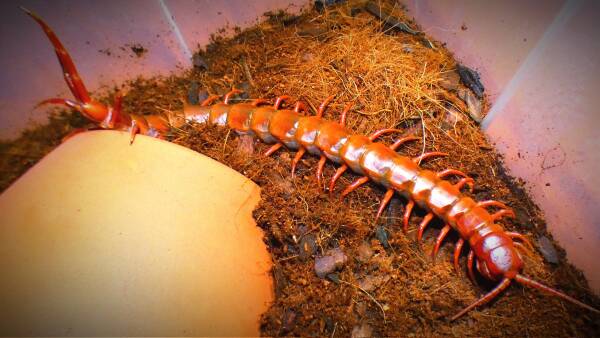
8. Chinese Red Dragon Centipede
The Chinese red dragon centipede is a unique species in my country. Its whole body is dark red. It is also called "Celestial Dragon" in ancient books and is named "red dragon" because of its sturdy body. On some tropical islands near the mainland, individuals can reach 20 cm in length. Their torso is composed of 20 body segments, of which long and short body segments are arranged alternately. The appendages on the first segment are called maxillopods, which are very developed and have a pair of claw-like venomous claws with venom glands at the end. There is a venom gland opening at the end of the venomous claw, which is used to poison small animals and serve as a weapon to defend against foreign enemies. However, this centipede is not very venomous. If you are bitten, you will feel severe pain and heat at the bite site. It is recommended to clean the wound immediately with water and soap.

9. Malaysian giant centipede
The Malaysian giant centipede is one of the centipede species unique to Malaysia, with a body length of about 18-20 cm. In the centipede world, the Malaysian giant centipede is considered one of the species with a unique personality. Their bodies are reddish brown and they usually inhabit dark, muddy soil. It mainly feeds on insects such as crickets and is active at night. The Malaysian giant centipede reproduces by laying eggs. As venomous centipedes, they are venomous and will cause significant pain if bitten.
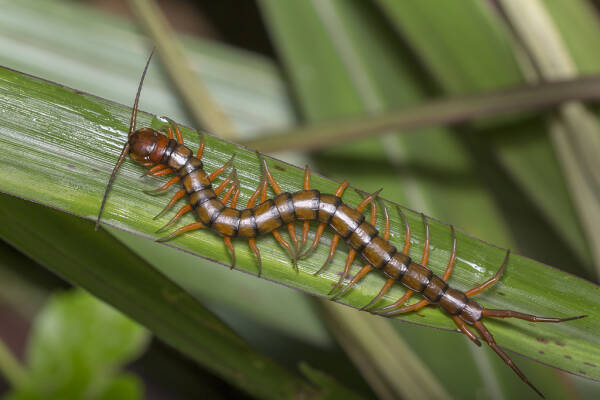
10. Spiny Centipede
The spiny centipede is generally 16-20 cm long, with a maximum length of more than 25 cm. Most of them are single brown or yellowish brown. This species has very weak eyesight. When it comes to activities and hunting, its tentacles are effective receptors, while its venomous jaws are powerful predator and defense weapons. Their food is diverse, mainly foraging for insects such as crickets, locusts, spiders, cockroaches, etc. The food intake is large, and each food intake is 3/5 of its body weight. After a full meal, it may not eat or eat very little food for 3 days. When food is sufficient, both large and small centipedes can live in harmony. They kill each other when they are hungry, the big eats the small, the strong eats the weak. It has strong survival ability. It not only eats weak meat, but also dares to attack animals several times larger than itself.
The top 10 most poisonous centipedes in the world are mainly recommended based on the popularity/toxicity intensity of centipedes and comprehensive reference to relevant Internet rankings/lists. If you have any questions, please leave comments/criticisms at the end.
animal tags: Centipede
We created this article in conjunction with AI technology, then made sure it was fact-checked and edited by a Animals Top editor.